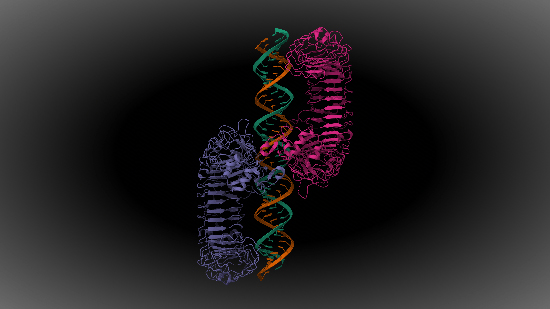Significance
In vitro transcription (IVT) is a powerful and versatile technique that allows for template-directed synthesis of RNA molecules. The process mimics the natural transcription mechanism that occurs within cells, where DNA is used as a template to make RNA. However, in vitro transcription is performed in a controlled laboratory setting, allowing researchers to produce RNA molecules for the development of RNA-based therapeutics. However, under certain conditions or due to specific characteristics of the RNA produced, double-stranded RNA (dsRNA) can be inadvertently generated during or after the transcription process. Indeed, the presence of dsRNA contaminants can be problematic. These contaminants can trigger immune responses or induce off-target effects, affecting the safety and efficacy of the therapeutic agent. Therefore, rigorous purification methods and quality control measures are necessary to minimize dsRNA contamination. To address the challenge of dsRNA formation, researchers Dr. Juan Martínez, Verónica Lampaya, Ana Larraga, Héctor Magallón and Dr. Diego Casabona from the RNA Synthesis and Development Department at Certest Pharma in Spain conducted various studies to understand the mechanisms leading to dsRNA by-products and to develop strategies to minimize their presence in mRNA preparations. The innovation and originality of their research lies in the emphasis placed on the purity and quality of the linearized DNA template. They have uncovered that templates may harbor impurities, which could elevate dsRNA levels. Therefore, the proper selection of a purification method for this starting material is paramount. Thus, they outline a novel approach involving the use of hydrophobic chromatography as a crucial step in purifying DNA plasmids post-linearization to eliminate impurities contributing to dsRNA generation.
The primary objective of the team research was to optimize RNA construct quality by reducing double-stranded RNA (dsRNA) levels through purification methodologies. For that purpose, they investigated the effectiveness of dsRNA removal through typical tandem, a first affinity chromatography (using oligo-dT columns) and a final anion exchange chromatography (AEX), as it has been described for other researchers. However, they notice that the order of these two chromatographic techniques could impact directly on purity and integrity of mRNA. Basic pH used in AEX to elute the molecule, can enhance RNA degradation affecting to the yield and quality of the final mRNA molecule. So, they tried to overcome this by reversing the order of these steps. According to these researcher’s thoughts, this protocol modification reduced degradation, improved purity, and reduced dsRNA levels. However, the team wanted to move purification efforts one step before and exploring how dsRNA levels were affected when linearized plasmids were purified chromatographically.
Therefore, the authors closely examined the quality of the linearized plasmid used as the template in IVT. They compared the impact of plasmid purification methods on dsRNA formation, using techniques such as resin filtration and hydrophobic interaction chromatography to purify linearized plasmids. The researchers reported that purification of linearized plasmids using hydrophobic interaction chromatography led to a significant reduction in dsRNA formation during IVT. This suggested that the purity of the linearized template is an important determinant influencing dsRNA by-product generation which highlights the importance of template quality in producing high-quality mRNA. Additionally, the team implemented real-time monitoring strategies to optimize the IVT process and enhance quality control. This involved the use of analytical techniques such as capillary electrophoresis and high-performance liquid chromatography to monitor the IVT reaction in real-time, allowing for immediate adjustments to reaction conditions. They found that real-time monitoring facilitated the identification of optimal reaction conditions and the timely detection of dsRNA formation. This approach enabled the researchers to optimize the IVT process dynamically, improving the efficiency and quality of mRNA production.
In conclusion, Certest Pharma scientists demonstrated focusing the attention in purification of linear plasmid with advanced purification techniques, and real-time monitoring, that it is possible to significantly reduce the levels of dsRNA in mRNA preparations. These advancements highlighted the importance of a comprehensive approach to the production of RNA-based therapeutics, ensuring their safety and efficacy for clinical applications.

NAKB: 3CIY
Deposited: 2008-03-12 Released: 2008-05-06
Deposition Author(s): Liu, L., Botos, I., Wang, Y., Leonard, J.N., Shiloach, J., Segal, D.M., Davies, D.R.
Reference
Martínez J, Lampaya V, Larraga A, Magallón H, Casabona D. Purification of linearized template plasmid DNA decreases double-stranded RNA formation during IVT reaction. Front Mol Biosci. 2023;10:1248511. doi: 10.3389/fmolb.2023.1248511.
 Medicine Innovates Medicine Innovates: Delivering innovations in medicine to the world for better health and prosperity
Medicine Innovates Medicine Innovates: Delivering innovations in medicine to the world for better health and prosperity


